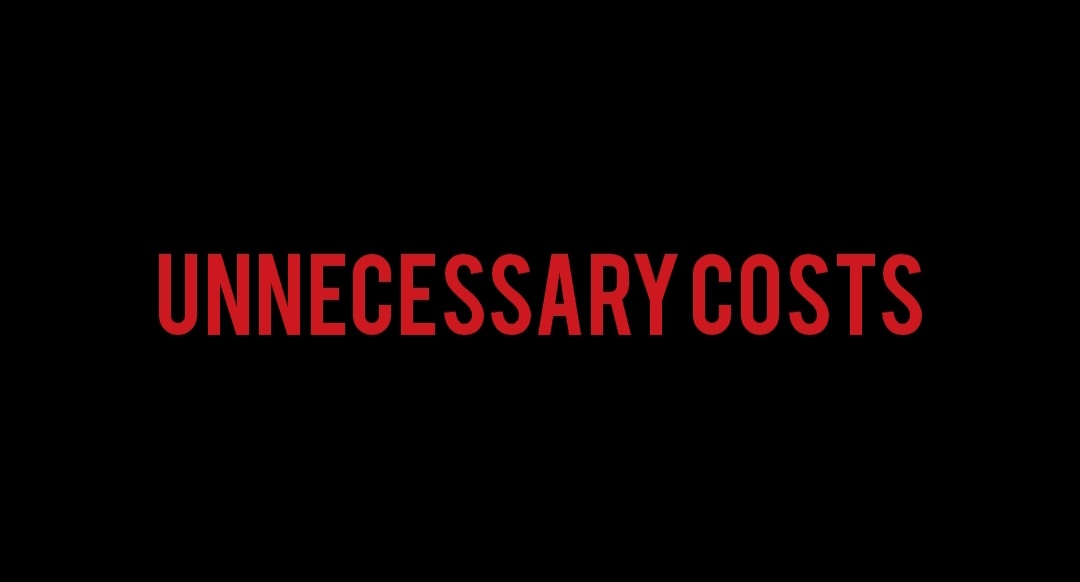Our studies find that email and shared drives can cost an organization:
- valuable funds. If employees spend 8% of their time sorting, viewing, duplicating, saving, deleting, and finding documents (and attachments) this can cost an organization with 1,000 employees 24 million dollars over 5 years, and an organization with 10,000 employees 240 million dollars over 5 years.
- customer service. The time spend in above tasks wastes valuable customer service (internal and external) time.
- efficiency. As email and shared drives lack integration to e-forms, e-signature, workflow, and data systems.
- risk and liability. Due to over or under retention/disposition of documents and content; and many organizations have not updated and/or are following their electronic records management program policies, procedures, and schedules.
Since 1995, we at CRE8 Independent Consultants have assisted clients with assessment and improvement of email, shared drives, collaboration, content management, data, workflow, and portal systems; including, update of IG/electronic records management programs, policies, procedures, and schedules.
For more information how we can help your organization feel free to contact us.

Comments
Post a Comment